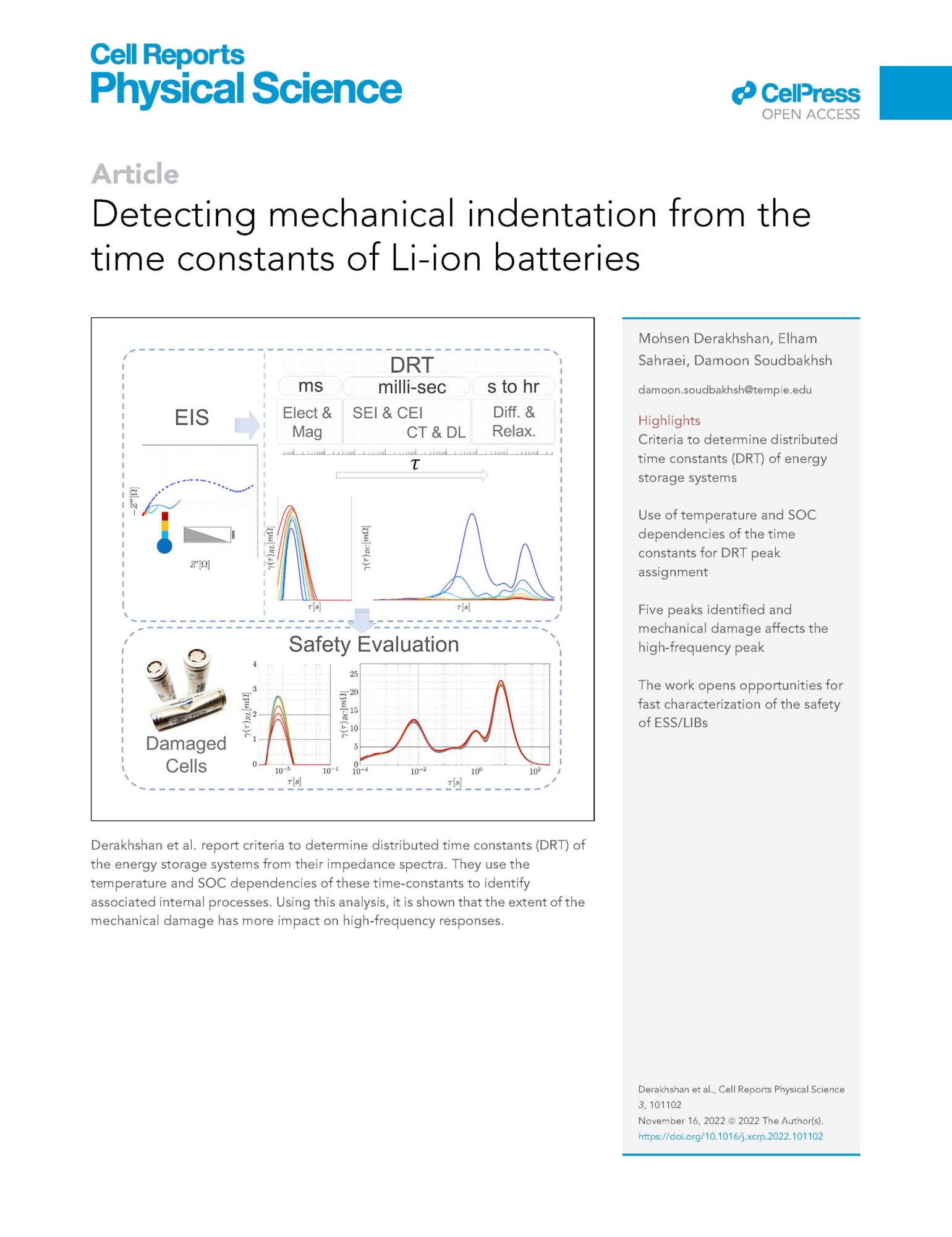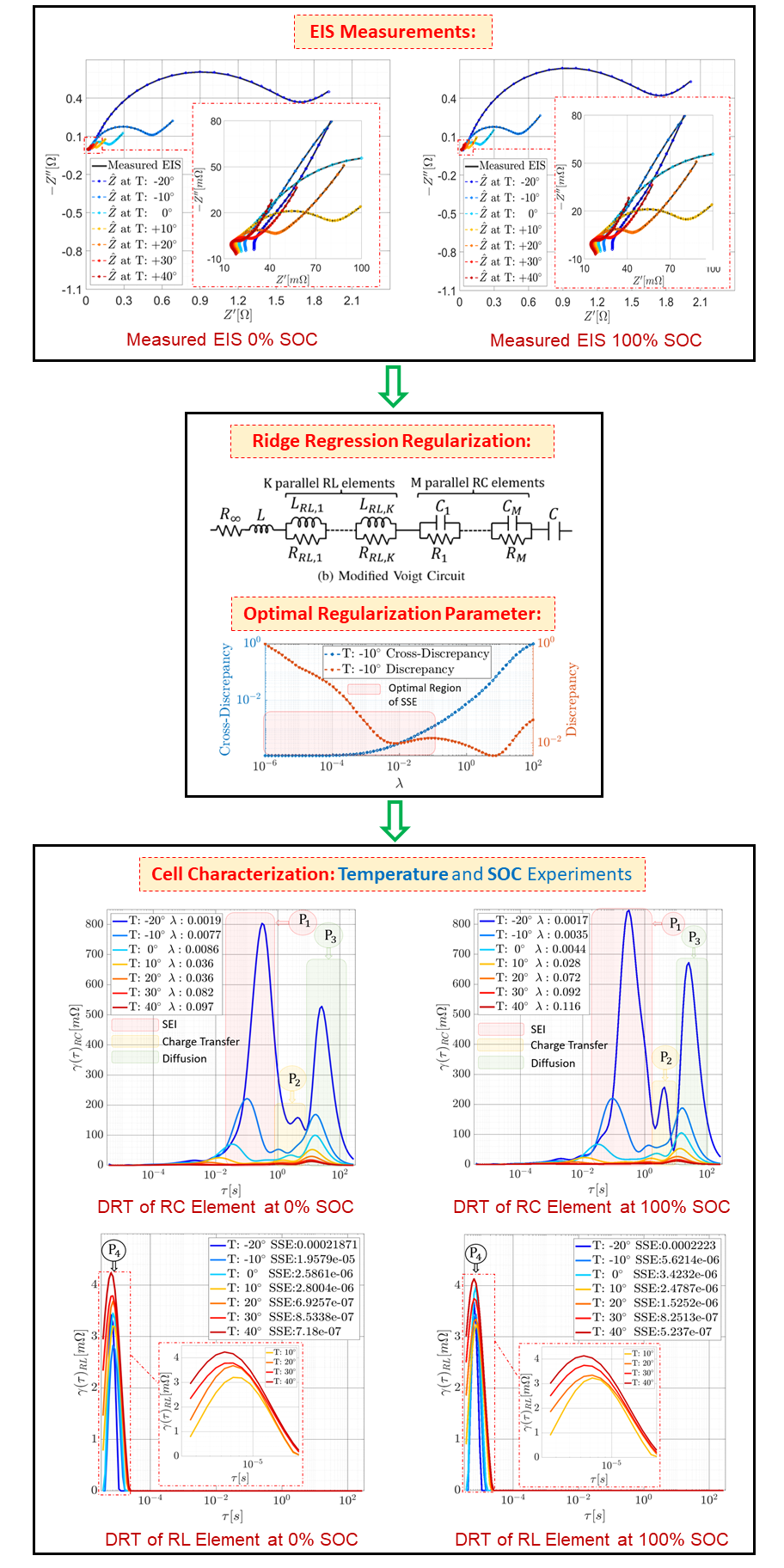Renato is presenting at Ford Motor Company’s 3rd Artificial Intelligence & Machine Learning Conference 12/2022.
Category Archives: News2022
Renato is presenting at ALCOS 2022
Renato presented at the ALCOS 2022, Adaptive & Learning Control Systems Conference, IFAC.
Title: Adaptive Learning for Maximum Takeoff Efficiency of High-Speed Sailboats
Abstract: This paper presents an optimal takeoff maneuver for an AC75 foiling sailboat competing in the America’s Cup. The innovative sailboat design introduces extra degrees of freedom and articulations in the boat that result in nonlinear, high-dimensional, and unstable dynamics. The optimal maneuvers were achieved by exploring out-of-the-box solutions through adaptive control and optimization. We used a high-fidelity sailboat simulator for the data generation process and an adaptive control approach (Jacobian Learning (JL)) to optimize the sailing maneuver. Takeoff is a dynamic sailboat maneuver that involves transitioning the boat from a low-speed in-water status (displacement mode) to a high-speed out-of-water status (foiling mode) via actuation of the sailboat’s inputs. We optimized the time for the boat’s transitions from displacement mode to foiling mode while maximizing the projection of the velocity (Velocity Made Good (VMG)) in the desired target direction (True Wind Angle (TWA)). Furthermore, we optimized the sailboat’s upwind steady-state performance (closed-haul VMG) for varying sailing directions (TWA) and used the optimal TWA to formulate the takeoff.
The optimal solution is subject to physical/actuator constraints and the ones enforced to ensure the feasibility of the maneuvers by humans (sailors). The optimal takeoff achieved an average VMG of 7.42~m/s. This maneuver serves as a performance benchmark for the sailors and provides insightful information about the underlying dynamics of the boat.
IFAC-PapersOnLine: Volume 55, Issue 12, 2022, Pages 402-407
Publication Alert: Mohsen’s paper to appear in Cell Reports Physical Science
Mohsen Derakhshan, Elham Sahraei, and Damoon Soudbakhsh. “Detecting mechanical indentation from the time constants of Li-ion batteries.” Cell Reports Physical Science (2022): https://doi.org/10.1016/j.xcrp.2022.101102.
In this paper, we report new criteria to determine the distribution function of the relaxation times (DRT) parameters and demonstrate its application in evaluating the safety of mechanically damaged Li-ion cells. Here is the summary of the paper:
Summary: Lithium-ion batteries pose severe hazards if their safety is compromised. Previous work has shown that mechanical damage to the battery may not affect its voltage, capacity, or other primary specifications. Therefore, currently, there is no method to check the integrity of battery cells inside an electric vehicle battery pack once it has been subjected to a shock or impact. Here, we report a method to detect mechanical damage to Li-ion cells from their electrical response. We formulate the distribution function of relaxation times (DRT) by a series of passive electrical elements consisting of inductors, resistors, and capacitors. Using our DRT formulation and criteria, we show that the indented cells have substantially different high-frequency time constant characteristics than the control group. This non-invasive method has the potential for detecting hazardous mechanical damage to the batteries of electric vehicles after a road crash or impact landings of drones.

Mohsen is presenting at ACC’22
Derakhshan, Mohsen, and Damoon Soudbakhsh. “Temperature-Dependent Time Constants of Li-Ion Batteries.” IEEE Control Systems Letters 6 (2022): 2012–17. https://doi.org/10.1109/LCSYS.2021.3138036.
Abstract:We investigate the effect of temperature on the time constants of Li-ion batteries (LIBs). Using the distribution of relaxation times (DRT), the time constants of three cylindrical Li-ion cells were determined. EIS (Electrochemical Impedance Spectroscopy) was conducted on the cells, and the measured impedance spectra were analyzed using DRT. The DRT analysis is usually formulated as a Ridge Regression optimization problem. While the regression tuning parameter has a significant impact on the results, the studies on selecting this parameter are very limited. This letter proposes novel cost functions to select the optimal regressions parameters. The cost functions include (i) Discrepancy, (ii) Cross-Discrepancy, and (iii) the Sum of Squared Errors. The first two criteria exploit the Kramers-Kronig relations, and they quantify the discrepancy of the reconstructed impedance spectra using only its real, imaginary, or both components. The last criterion quantifies the errors in real and imaginary components of the data from the reconstructed EIS. The method was applied to the impedance spectra of Li-ion cells at low and high temperatures and different state of charges (SOCs). We identified the time constants of the cells using the proposed criteria for different test conditions.

Omidreza is presenting at ACC’22
Renato is presenting at ECC’22
Renato is presenting at the European Control Conference (ECC) 2022.
Rodriguez, R., Wang, Y., Ozanne, J., Sumer, D., Filev, D., Soudbakhsh, D., “Adaptive Takeoff Maneuver Optimization of a Sailing Boat for America’s Cup”, European Control Conference, (ECC) 2022.
Abstract: This paper presents optimal sailing maneuvers for an AC75 foiling sailboat competing in America’s Cup. The innovative sailboat design introduces extra degrees of freedom and articulations in the boat that result in nonlinear, high-dimensional, and unstable dynamics. The optimal maneuvers were achieved via the exploration of out-of-the-box solutions through adaptive control and optimization. We used a high-fidelity sailboat simulator for the data generation process, and an adaptive control approach (Jacobian Learning (JL))to optimize the sailing maneuvers. These maneuvers serve as benchmarks and provide insightful information about the underlying dynamics of the boat. The close-hauled and tacking maneuvers were optimized to achieve maximum Velocity MadeGood (VMG) and minimum loss of VMG, respectively. The optimal solutions are subject to physical/actuator constraints as well as the ones enforced to ensure the feasibility of the maneuvers by humans (sailors). The optimal maneuvers boast a marginal loss in sailing performance (VMG) of less than1.5%, which enables exploiting areas of good wind conditions in the racing environment by maneuvering towards these areas without accruing the significant losses traditionally associated with performing multiple maneuvers.
Publication Alert: Renato’s paper to appear in the Journal of Sailing Technology (JST)
Publication Alert: Mohsen’s paper to appear in IEEE Control Sys. Letters (and ACC 2022)
Derakhshan, Mohsen, and Damoon Soudbakhsh. “Temperature-Dependent Time Constants of Li-Ion Batteries.” IEEE Control Systems Letters 6 (2022): 2012–17. https://doi.org/10.1109/LCSYS.2021.3138036.
Abstract:We investigate the effect of temperature on the time constants of Li-ion batteries (LIBs). Using the distribution of relaxation times (DRT), the time constants of three cylindrical Li-ion cells were determined. EIS (Electrochemical Impedance Spectroscopy) was conducted on the cells, and the measured impedance spectra were analyzed using DRT. The DRT analysis is usually formulated as a Ridge Regression optimization problem. While the regression tuning parameter has a significant impact on the results, the studies on selecting this parameter are very limited. This letter proposes novel cost functions to select the optimal regressions parameters. The cost functions include (i) Discrepancy, (ii) Cross-Discrepancy, and (iii) the Sum of Squared Errors. The first two criteria exploit the Kramers-Kronig relations, and they quantify the discrepancy of the reconstructed impedance spectra using only its real, imaginary, or both components. The last criterion quantifies the errors in real and imaginary components of the data from the reconstructed EIS. The method was applied to the impedance spectra of Li-ion cells at low and high temperatures and different state of charges (SOCs). We identified the time constants of the cells using the proposed criteria for different test conditions.

